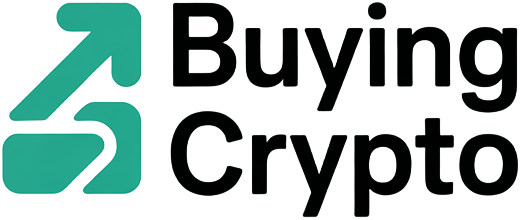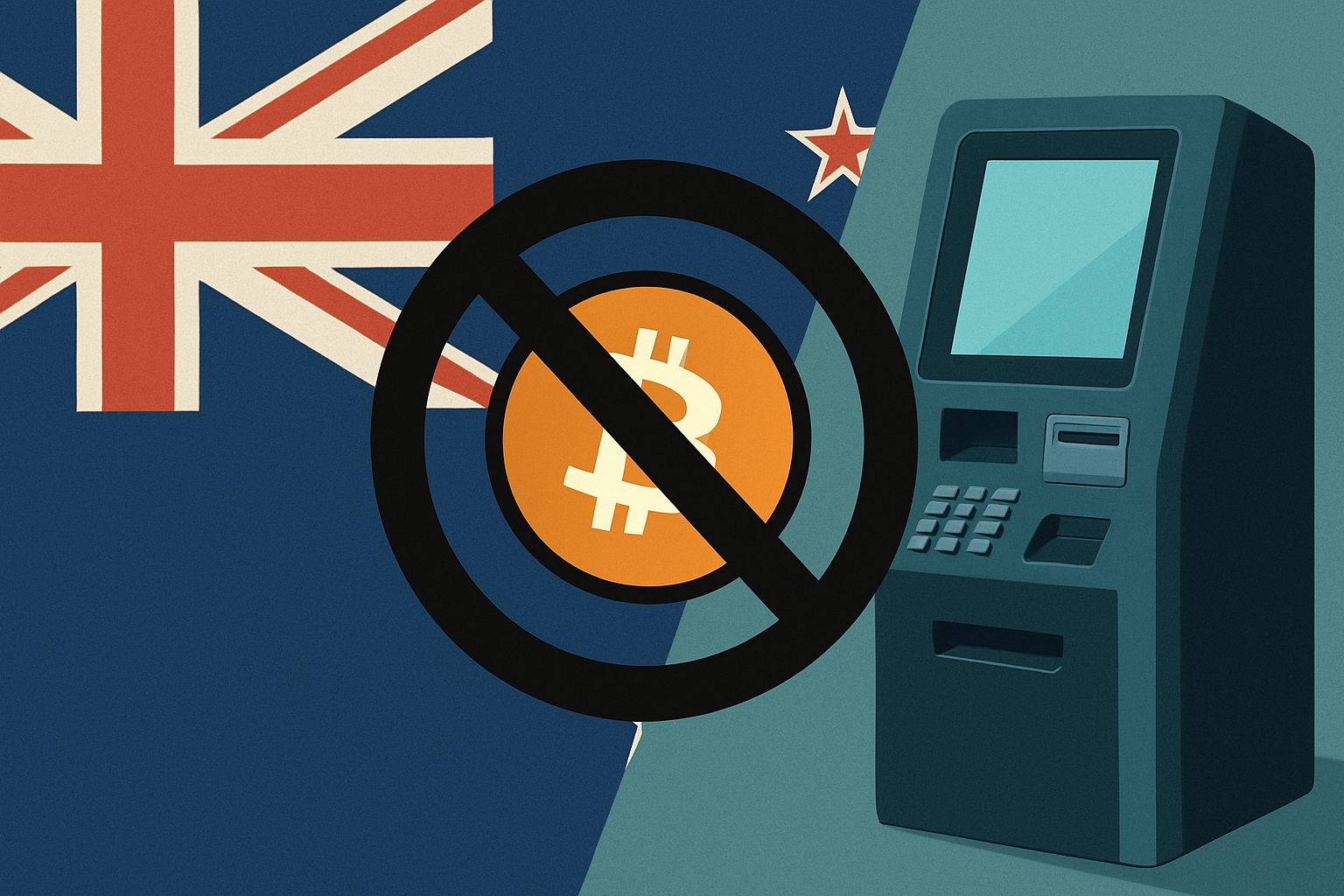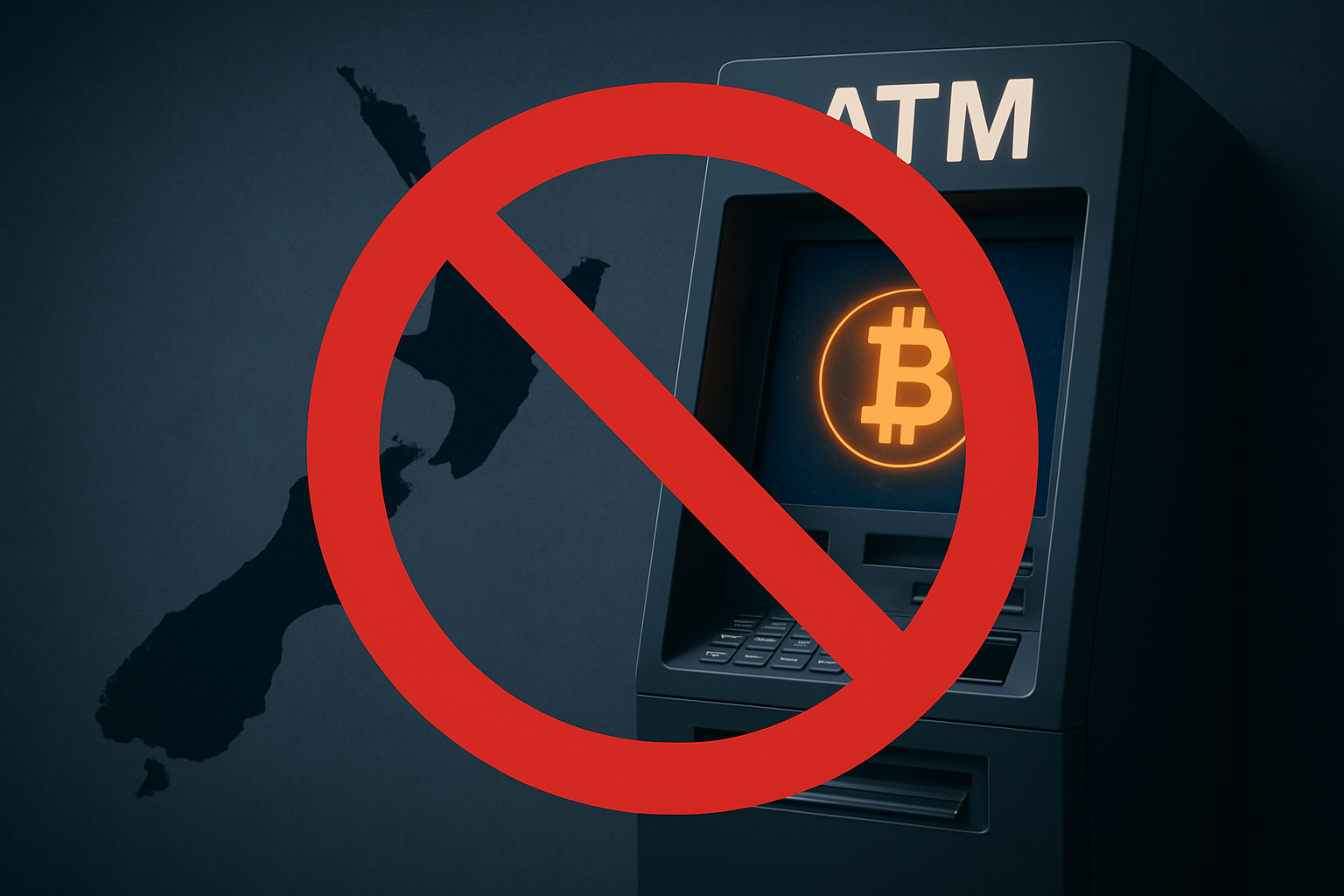What New Zealand’s Crypto ATM Ban Means for Everyday Users: Safer Onboarding or New Barriers?
Picture this: you’re in downtown Auckland, and you want to buy a little Bitcoin with spare cash. Until recently, that was as easy as finding one of New Zealand’s 221…



